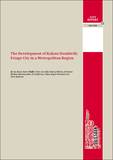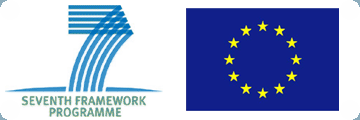|
The main question addressed in this paper is how a fringe city in an Indian metropolitan region has developed. This paper combines the various processes by which such fringe cities grow and their functions in the region change, as outlined in the EU Chance2Sustain programme.
As starting point we take the question of how fastgrowing cities in metropolitan regions define their growth strategies, particularly the role of mega-projects in city development, in combination with large-scale investment programmes by government (for example Jawaharlal Nehru National Urban Renewal Mission - JNNURM). How do such strategies combine with existing local strategies for dealing with poverty (anti-slum strategies), and improving basic services (water)? What new instruments are utilized for local governance (spatial knowledge management, ICT, and e-government) and what decentralized financial instruments exist that support these strategies? This question is examined in the context of a fringe city in a metropolitan region, in which fringe cities have been planned, and in which existing towns and villages have been incorporated.
|
Recent Chance2Sustain Publications |
|
|
|
|
|

